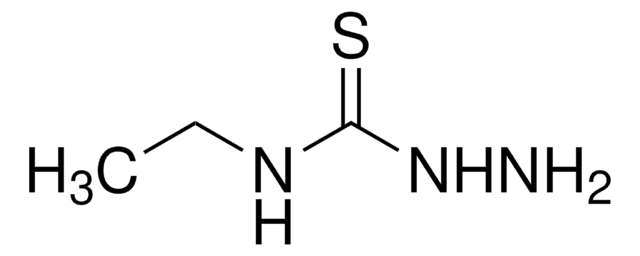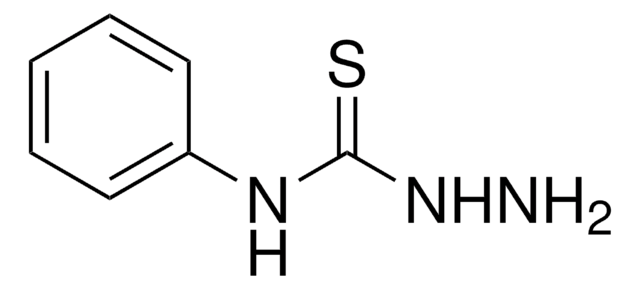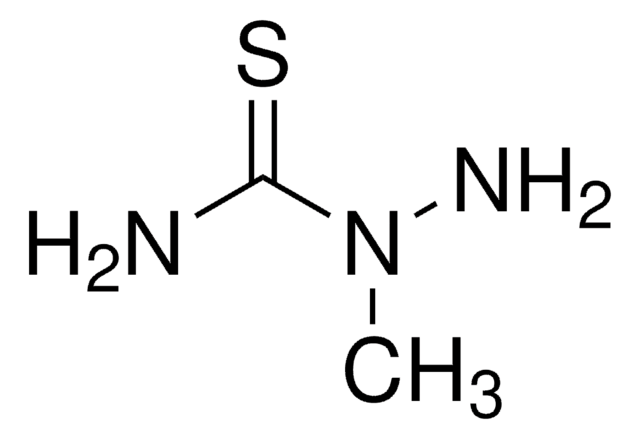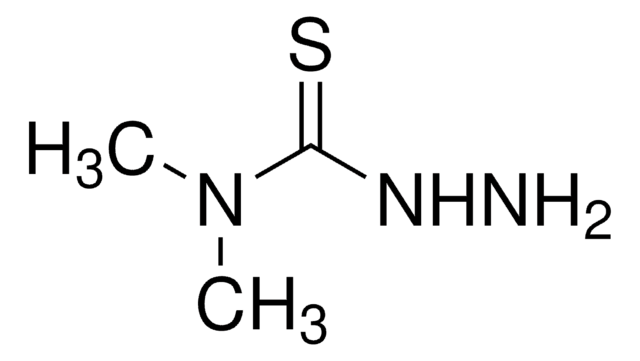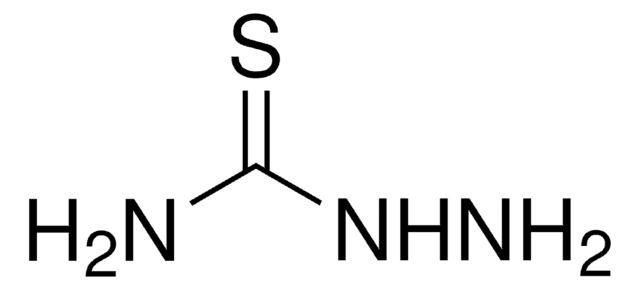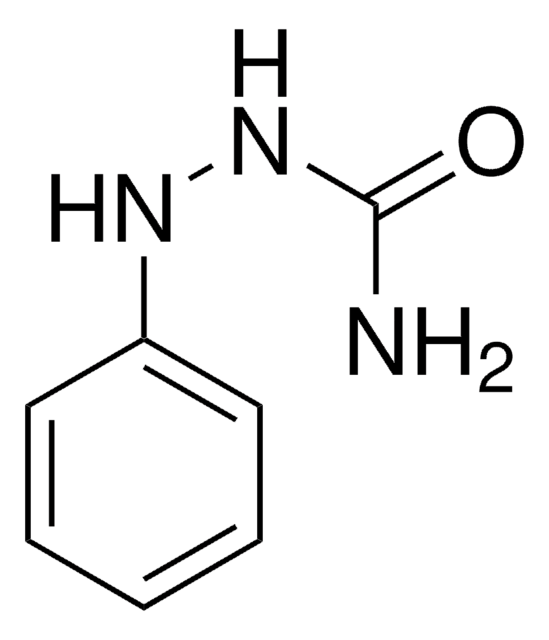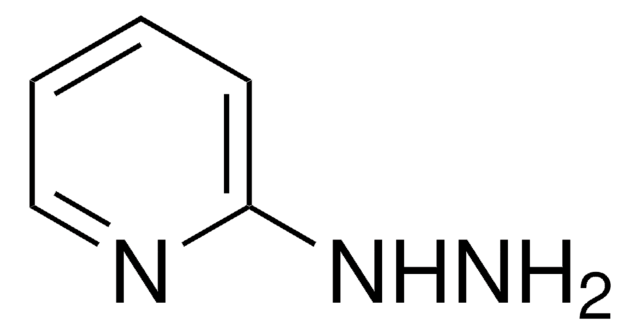130060
4-Methyl-3-thiosemicarbazide
97%
Synonym(s):
N-Methylhydrazinecarbothioamide
Sign Into View Organizational & Contract Pricing
All Photos(1)
About This Item
Linear Formula:
CH3NHCSNHNH2
CAS Number:
Molecular Weight:
105.16
EC Number:
MDL number:
UNSPSC Code:
12352100
PubChem Substance ID:
NACRES:
NA.22
Recommended Products
Quality Level
Assay
97%
form
solid
mp
135-138 °C (lit.)
functional group
amine
hydrazine
thiourea
SMILES string
CNC(=S)NN
InChI
1S/C2H7N3S/c1-4-2(6)5-3/h3H2,1H3,(H2,4,5,6)
InChI key
PTVZQOAHCSKAAS-UHFFFAOYSA-N
General description
4-Methyl-3-thiosemicarbazide is a subject of considerable pharmacological interest owing to its wide range of biological effects.
Application
4-Methyl-3-thiosemicarbazide was used in the analysis of electronic features of sulfur-using, high-resolution, low-temperature X-ray diffraction datasets.
Signal Word
Danger
Hazard Statements
Precautionary Statements
Hazard Classifications
Acute Tox. 2 Oral
Storage Class Code
6.1A - Combustible acute toxic Cat. 1 and 2 / very toxic hazardous materials
WGK
WGK 3
Flash Point(F)
Not applicable
Flash Point(C)
Not applicable
Personal Protective Equipment
dust mask type N95 (US), Eyeshields, Gloves
Choose from one of the most recent versions:
Already Own This Product?
Find documentation for the products that you have recently purchased in the Document Library.
Customers Also Viewed
Electronic features and hydrogen bonding capacity of the sulfur acceptor in thioureido-based compounds. Experimental charge density study of 4-methyl-3-thiosemicarbazide.
Francuski BM, et al. et al.
CrystEngComm, 13, 3580-3591 (2011)
D Zahn et al.
Water research, 150, 86-96 (2018-12-06)
Transformation of industrial chemicals might be a significant source of hitherto unknown persistent and mobile organic contaminants (PMOC, PM chemicals) present in the aquatic environment. Herein we depicted a three-step strategy consisting of (I) the prioritization of potential PMOC precursors
Our team of scientists has experience in all areas of research including Life Science, Material Science, Chemical Synthesis, Chromatography, Analytical and many others.
Contact Technical Service